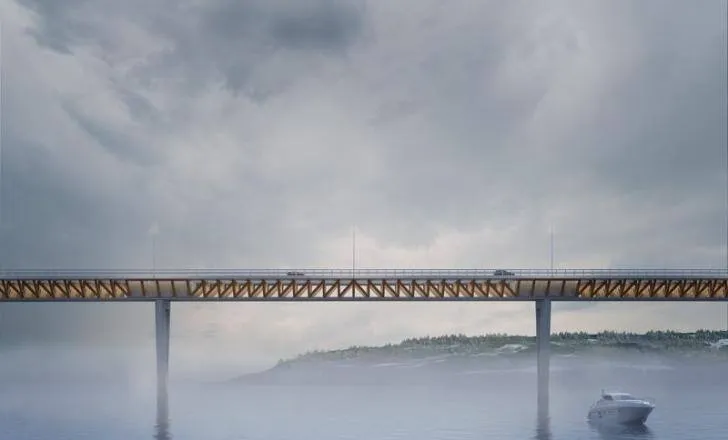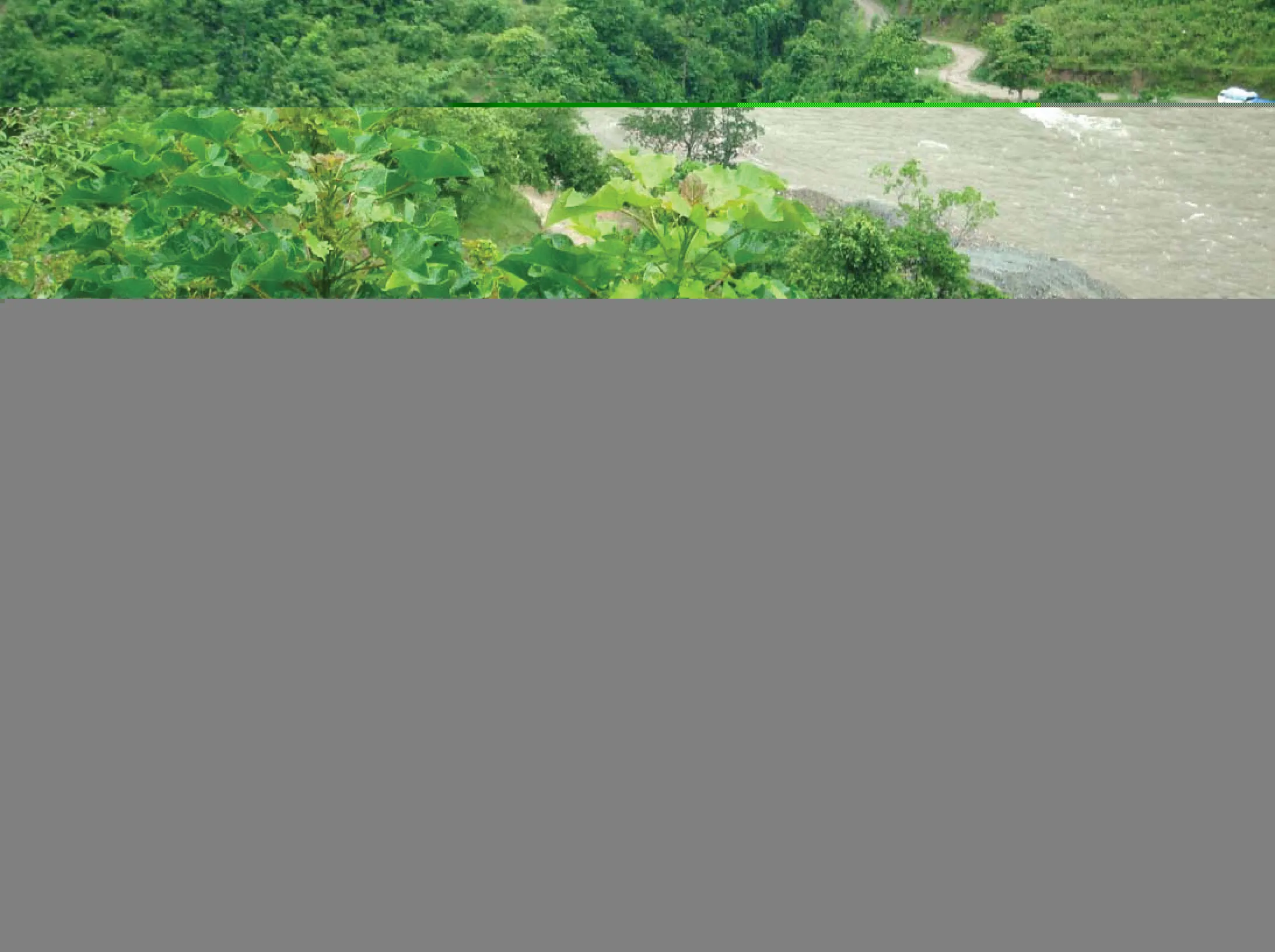Mega project of “extreme beauty” receives top award from the IRF, writes Patrick Smith.The Sheikh Zayed Bridge, which was constructed for the Municipality of Abu Dhabi City, has won the Global Road Achievement Award in the design category from the International Road Federation (IRF). The 2011 Global Road Achievement Awards (GRAA) programme is a worldwide contest held to identify and honour excellence, innovation and exceptional achievements in 12 key categories in the transport and infrastructure industry.
May 8, 2012
Read time: 3 mins

Mega project of “extreme beauty” receives top award from the IRF, writes Patrick Smith
The Sheikh Zayed Bridge, which was constructed for the Municipality of Abu Dhabi City, has won the Global Road Achievement Award in the design category from theThe 2011 Global Road Achievement Awards (GRAA) programme is a worldwide contest held to identify and honour excellence, innovation and exceptional achievements in 12 key categories in the transport and infrastructure industry.
The 842m long bridge supporting two four-lane carriageways, an emergency lane and a pedestrian walkway, has a main span of 140m. It consists of 11 deck span sections and three major arches with four main piers and two additional sets of supports at the western end. The arch of the central span soars 63m high.
The main contractor was
Consultants included main consultant Buckland & Taylor (construction engineer, the erection engineering), High Point-Rendel and designer
The Sheikh Zayed Bridge is the third crossing over the Maqta Channel, connecting Abu Dhabi Island to the mainland and it links directly with the new Salam Street Expressway, a vital artery of the city's highway system, easing traffic to and from the capital and relieving congestion on the other two channel crossings. The bridge is also a significant business enabler, linking the island with major mainland developments.Engineer Abdullah Al Shamsi, acting executive Director of Roads, Municipal Infrastructure and assets sector at the Municipality of Abu Dhabi City said: “Opening the bridge by His Highness Sheikh Khalifa bin Zayed Al Nahyan, President of the UAE, and HH General Sheikh Mohamed bin Zayed Al Nahyan, Crown Prince of Abu Dhabi, Deputy Supreme Commander of the Armed Forces and Chairman of the Executive Council, on November 25, 2010 was a distinctive event that left an immense impact on the infrastructural achievements of Abu Dhabi Emirate and the UAE as a whole.”
Commenting on the designs that qualified the Sheikh Zayed Bridge to win the award, Al Shamsi said that the project's design was selected to reflect the directives of the government of Abu Dhabi to make the Sheikh Zayed Bridge one of the city's spectacular landmarks.
Inspired by the asymmetric arch shapes of desert sand dunes, Zaha Hadid created a scheme for a stunning and triple-arched bridge featuring a fusion of bridge forms that incorporated a box girder deck supported on, and suspended off, fluid continuous arches. Close collaboration between architect and designer to develop the ‘dune’ concept was essential to ensure its structural feasibility and buildability.
“An innovative choice of engineering techniques and materials were applied to ensure the long-term durability and sustainability of the structure. They provide protection against the extremely harsh conditions encountered in Abu Dhabi, such as the marine environment, high temperatures and humidity and seismic activity,” Al Shamsi explained.
“The Sheikh Zayed Bridge itself is a masterpiece of architecture of extreme beauty and unique design. It was one of the mega projects that the Municipality of Abu Dhabi City was privileged to accomplish.
“The bridge has gained more privilege and prestige for being associated with the name of the late Sheikh Zayed, the founder of the UAE. Therefore, we meant to showcase this imposing edifice by framing it with a range of dazzling illuminations to create an atmosphere of joy and fascination for the features and details of the bridge.”
The Municipality of Abu Dhabi City received the GRAA at the annual banquet of the awards ceremony held in Washington DC, USA, on 245 January.








